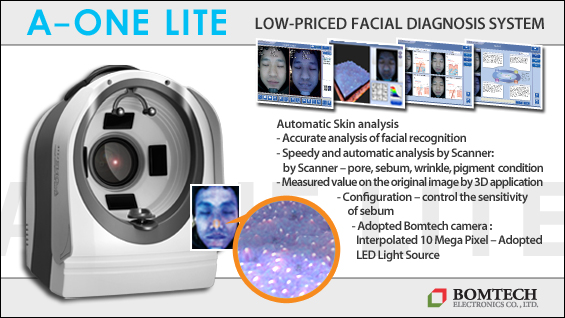Treating Tissue Response and Granuloma
If the tissue response has already set in, hyaluronidase can be used to dissolve the injected filler to prevent progression to granuloma. However, once granuloma develops, hyaluronidase is ineffective as the injected filler nor granuloma cannot be removed. In such cases, aspiration may be the only option. If caution is given to the following aspects, granuloma can be effectively treated.
First, use a sufficient amount of hyaluronidase. If swelling persists after repeated hyaluronidase injections, it means that it has already progressed to granuloma. In some cases, swelling persists not because of granuloma but because insufficient amount of hyaluronidase is used. It is advisable to try dissolving the filler one more time. At the first injection, I use double the amount of hyaluronidase than usual and tell the patient that aspiration is the next option if the swelling remains. About an hour after the injection, the lump becomes soft to the touch, but if a hard cord has already formed, hyaluronidase injection can trigger another tissue response. Therefore, if swelling occurred twice already, I advise dissolving the filler.
Second, do not use steroids. Many doctors make the mistake of injecting steroids when the patient complains of swelling. Steroid injection can make the swelling subside but the granuloma still remains after the surrounding volume subsides, which makes the granuloma even more noticeable. Tissues with histological change is encapsulated and cannot be easily dissolved, and needs to be surgically removed.
[Advertisement] A-One LITE(Facial Diagnosys System) – Manufacturer: BOMTECH(www.bomtech.net)
Granuloma must be Removed.
If a lump is suspected to be granuloma, it should be aspirated as early as possible before it grows larger and can possibly cause indentation. Granuloma that is left untreated for a long time, grows large and leaves a large void after removal. This causes indentation that needs another treatment such as fat graft to correct. Quick removal can prevent indentation and additional treatments. Granuloma may appear similar to other types of tissue to the naked eye and this could cause a problem. Sometimes I see encapsulated HA filler grains, which can be an early stage of tissue response. Histological examination can confirm granuloma but the only sign of granuloma at clinical examination is the presence of a growing lump with irregular surface.
Make a small incision of about 0.5cm wide and aspirate the filler. I do not recommend laser resection and aspiration as it has low accuracy. Aspirate all injected fillers even in sites currently not experiencing tissue response to prevent future development.
Patients often do not want filler removal even after their face is disfigured. They fear aspiration will cause an indentation and further disfigurement. Fat graft may take up to months to be completed. However, granuloma can worsen continuously and must be removed. It is important to persuade the patient of the need to remove it as early as possible.
I think the physical properties of the filler has the biggest impact on the development of tissue response and granuloma. Doctors should only use products with established safety profiles and pay particular attention to safety when using large doses.
.jpg)
Figure 1. Granuloma (left) was removed by aspiration (right).
-To be continued





















